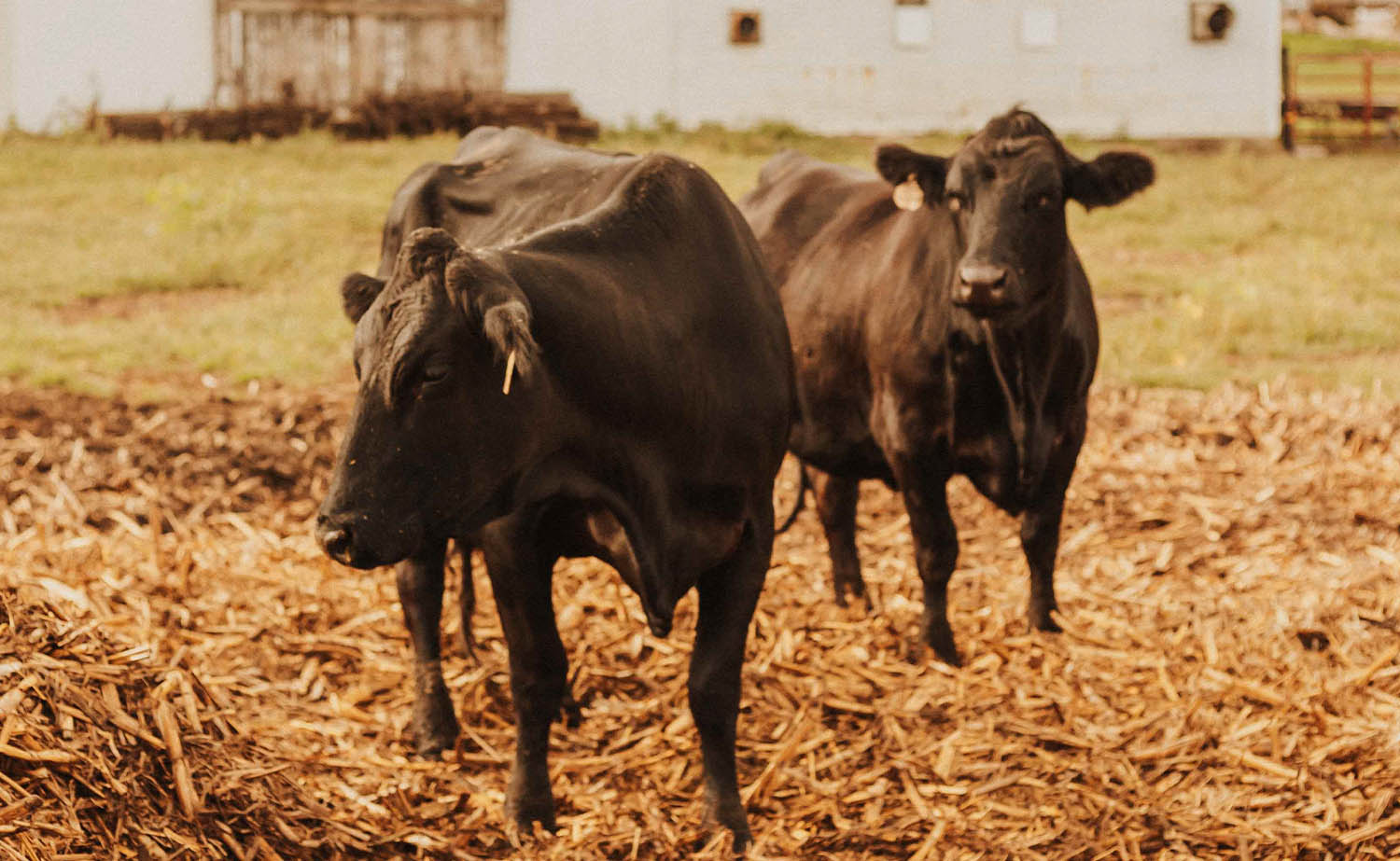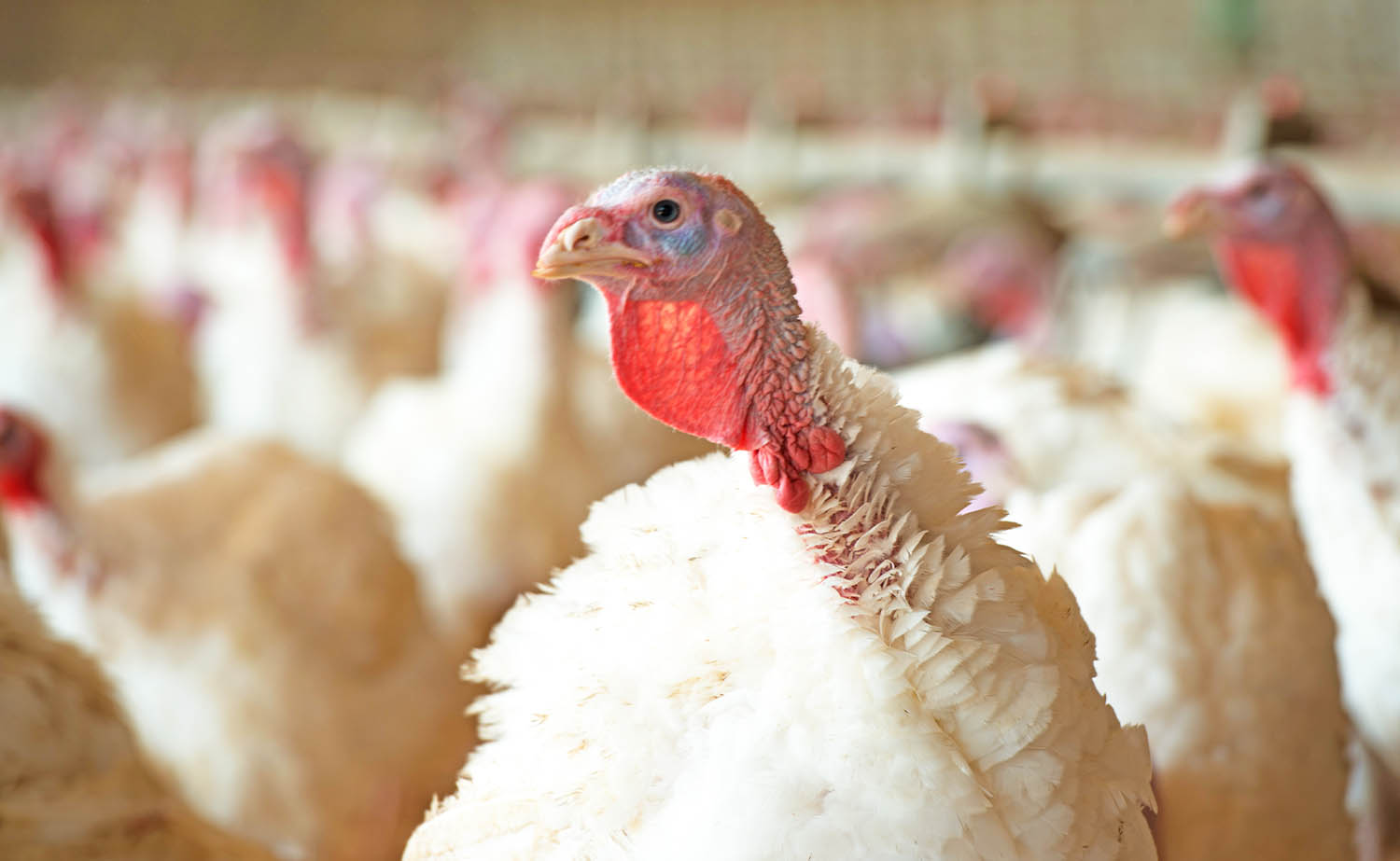Soybean meal: A premier vegetable protein
March 30, 2023 | Kriss Nelson
As soybean crush capacity increases to meet the demands for soybean oil for biodiesel, renewable diesel and sustainable aviation fuel, what happens to the expected increased production of soybean meal created as a byproduct?
Industry experts predict that soybean meal, the premier vegetable protein choice for poultry, livestock and aquaculture production, will be divided between domestic and international use.
“Soybean meal is a prime resource of limiting amino acids,” says Nick Bajjalieh, president of Integrative Nutrition Inc. and a consulting nutritionist to the U.S. soybean industry. “Any rapidly growing animal, such as a broiler, needs a relatively high level of amino acids in its feed as they build muscle, requiring the right level and balance of amino acids to enable growth.”
Currently, poultry consumes nearly half of the soybean meal produced in the U.S., while the broiler industry consumes more than 17 million tons annually.
“Broilers need a nutrient-dense diet, and soybean meal delivers the nutrient bundle that today’s bird genetics require,” says Philip Lobo, director of feed utilization for SmithBucklin/ United Soybean Board (USB).
Over the last five years, soybean meal consumption by animal agriculture has grown roughly 10%, about 4.6 million tons. Consumption by the broiler industry increased by 3.1 million tons over that period.
According to Lobo, the broiler industry represents 67% of the increase in consumption of U.S. soybean meal over the past five years.

An oilseed or protein seed?
Historically, the key value driver of soybeans has been soybean meal.
“That’s the nature of the market we are in right now,” says Mac Marshall, USB vice president of market intelligence. “When you crush soybeans, you get four times as much meal as oil. Soybeans are considered an oilseed, but they are a protein seed.”
However, an energy transition is happening in the U.S., fueled by local, state and national calls for decarbonization. Soybeans are part of the solution, offering a lower-carbon alternative to petroleum-based fuels.
Moving forward, there will be considerable demand for fuels with a lower carbon footprint, such as renewable diesel made from bio-based feedstocks, including soybean oil, Marshall says.
As soybean crushing facilities are announced, relationships between traditional petroleum companies and ag handlers have increased the value of soybean oil.
“This has led to a re-evaluation of the importance and value of soybean oil in the market and the forming of partnerships that would have seemed unusual before 2021,” he says.
Opportunity is knocking
Finding additional markets for soybean meal will include further research and promotion.
“We need to keep researching to see how much we can do with soybean meal because it is a complex all-natural product. We thought we knew a lot about soybean meal, but we are far from knowing everything,” says Lobo.
Soybean meal once held a more significant component of swine feed rations, but including synthetic amino acids and distillers dried grains with solubles (DDGS) has reduced its share. Feeding trials are being conducted to determine if soybean meal inclusion rates can increase to 30% in swine diets, up from 12%.
There are also emerging, higher-value markets in other traditional markets, including the human food space.
“There has been a push for plant-based proteins, and soy is one of many plant protein sources,” says Marshall.
It’s also one of the best, according to The Soyfoods Council. Soy is a complete protein, containing all nine essential amino acids that our bodies need.

Exports and opportunity
When crush expands, Marshall says the U.S. is expected to capture a greater value of soybean exports by exporting fewer whole soybeans and increasing soybean meal exports.
“With meal, we have a strong market share throughout the Americas, and there are several growing markets being driven by growth in poultry and aquaculture,” says Marshall.
There is a higher fish production value in aquaculture-producing countries, including Ecuador, Mexico and Costa Rica.
Funded in part through the soybean checkoff, the U.S. Soybean Export Council highlights the advantages of U.S. soybean meal globally in emerging markets, including Southeast Asia and the Indian Subcontinent.
“There is a lot of opportunity for buyers to experience all the benefits of U.S. soymeal as we produce more meal and put it into the domestic and international marketplace,” says Marshall.
Meeting the demand
The world population is expected to reach 10 billion by 2050, which will mean an increased demand for protein grown with the help of soybean meal.
“Poultry and pigs require a certain amount of amino acids in their diet to maximize growth,” Bajjalieh says.
A growth in meat consumption will require greater soy utilization, he says.
“Soybean meal provides a high-quality protein used to supplement the protein provided by the grain in poultry and swine feeds.”
As U.S. farmers continue to raise soybeans with sound agronomic and economic decisions, all that factors into the end products going around the world.
“Growing soy for production of proteins and oil — farmers get to play a role in both, and that’s why soy, being at the epicenter of food, feed and fuel demand, is exciting,” he says.
Back